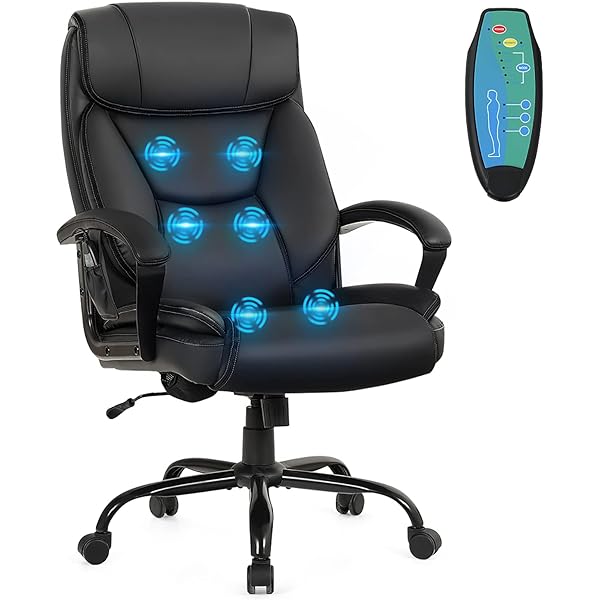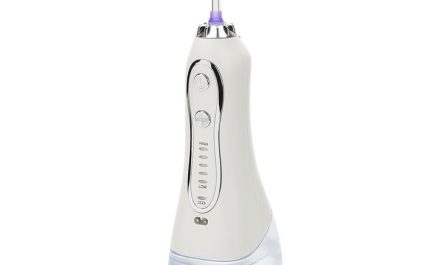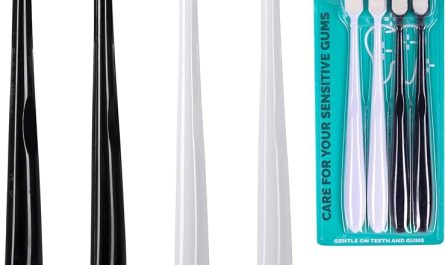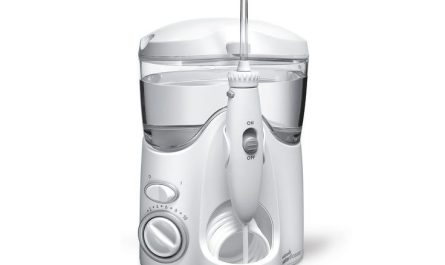Introduction
Flexibility is an essential component of physical health, contributing to improved range of motion, posture, and overall well-being. Regular stretching and exercises specifically targeting flexibility are commonly recommended to enhance one’s range of motion. Massage chairs, designed to provide therapeutic massage experiences, have gained popularity for their ability to offer relaxation and pain relief. This guide explores the potential benefits of massage chairs in increasing body flexibility, addressing specific mechanisms and research findings. From muscle relaxation to joint mobilization, massage chairs may play a role in improving flexibility and promoting overall physical mobility.
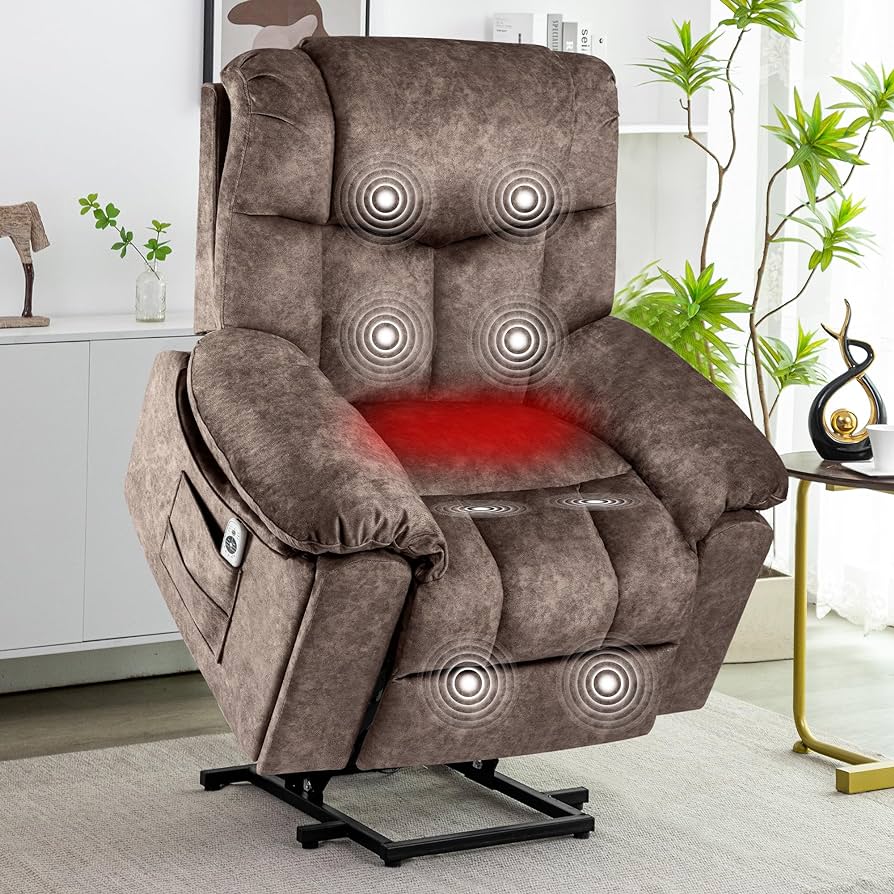
Can chair massage help increase flexibility in the body?
I. Muscle Relaxation and Tension Release
-
Targeting Muscle Tension:
- Massage chairs utilize various techniques, such as kneading, rolling, and compression, to target muscle tension throughout the body. By focusing on tight muscle groups, these chairs can induce relaxation and release muscular tension, ultimately contributing to enhanced flexibility.
-
Reduction of Muscle Knots:
- The mechanical movements and pressure applied by massage chairs can help break up myofascial adhesions or trigger points, colloquially known as muscle knots. By loosening these areas of muscle tightness, massage chairs can support improved flexibility and range of motion.
II. Improved Blood Circulation and Nutrient Delivery
-
Enhanced Blood Flow:
- Massage chairs typically incorporate techniques that stimulate blood circulation throughout the body. Improved blood flow supports the delivery of oxygen, nutrients, and cellular waste removal to the muscles and joints, promoting muscle health and flexibility.
-
Muscle Oxygenation:
- Massage chairs’ mechanized movements and compression can assist in oxygenating the muscles, increasing their ability to perform and function optimally. By improving muscle oxygenation, massage chairs may positively impact flexibility and overall physical performance.
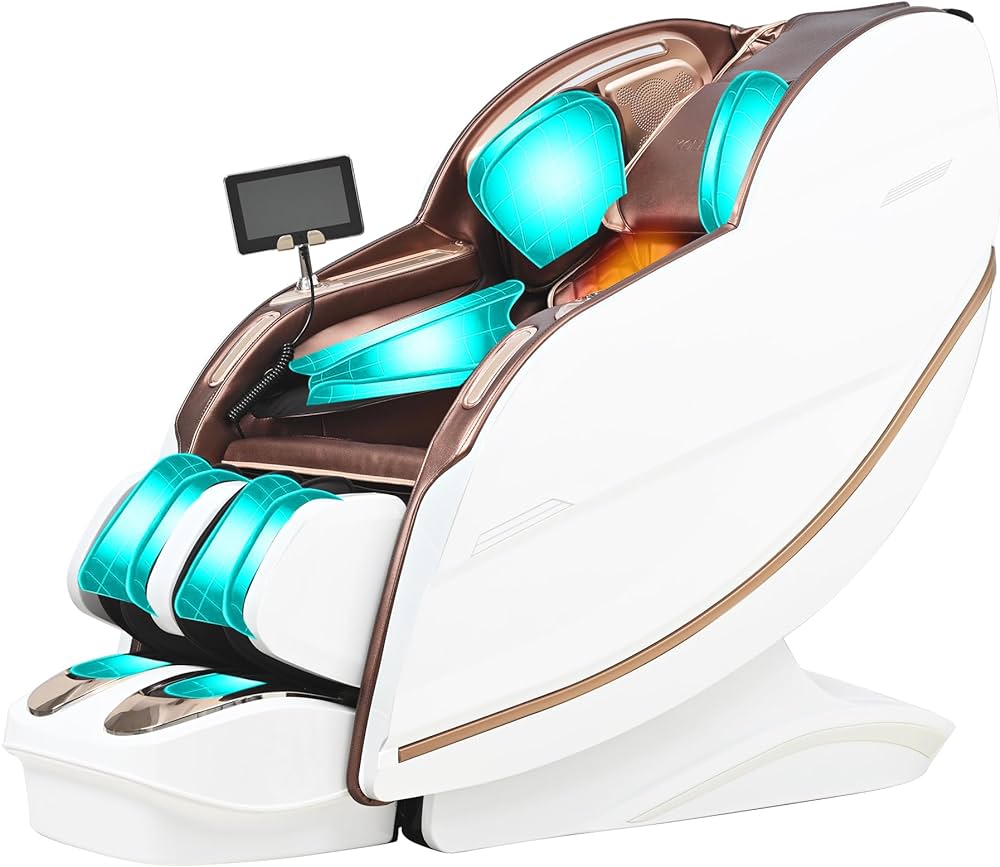
III. Facilitation of Joint Mobilization and Range of Motion
-
Passive Joint Movements:
- Massage chairs often offer various programs and techniques that involve passive joint movements, simulating the mobilization of joints. These movements help promote joint flexibility and can have a positive impact on overall range of motion.
-
Alleviation of Joint Stiffness:
- By incorporating techniques that target joint flexibility, massage chairs can help alleviate joint stiffness. The systematic manipulation of joints through the use of massage chairs can help improve flexibility and contribute to enhanced overall physical mobility.
IV. Relaxation and Neural Response
-
Reduction of Neural Tension:
- Massage chairs provide relaxation and stimulate the parasympathetic nervous system, leading to a decrease in neural tension. The relaxation response induced by massage chairs can alleviate stress and mental tension, indirectly contributing to improved flexibility.
-
Enhanced Neural Communication:
- The rhythmic mechanical movements and vibrations produced by massage chairs can stimulate the nervous system, improving neural communication within the body. This enhanced communication can help optimize muscle function, coordination, and flexibility.
V. Research Findings and Studies
-
Study on Massage Chair Therapy:
- A study involving individuals with chronic pain found that massage chair therapy significantly improved flexibility, reducing muscle tightness and increasing range of motion. Participants reported increased mobility and the ability to perform daily activities with greater ease.
-
Study on Athletes:
- Research on collegiate athletes suggested that incorporating massage chair sessions into their training regimen positively impacted flexibility. Athletes experienced improved hamstring flexibility and reduced muscle soreness, enabling them to perform at a higher level.
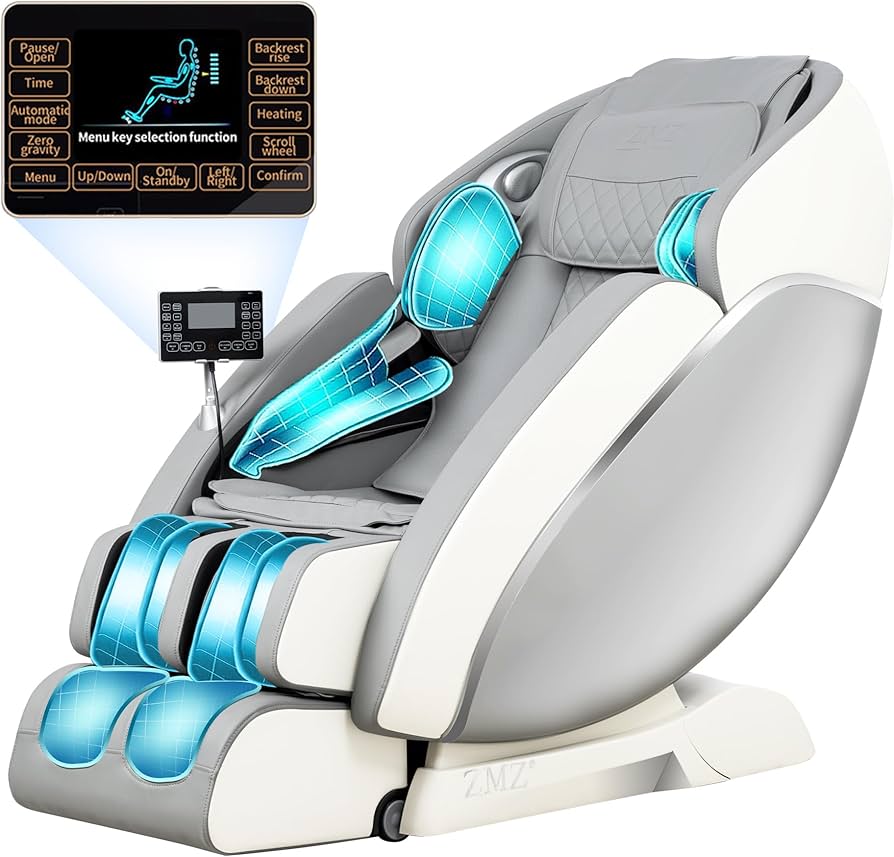
VI. Supplementing with Active Stretching and Exercise
-
Combination with Active Stretching:
- While massage chairs can play a role in improving flexibility, a comprehensive approach that includes active stretching exercises is recommended. Combining massage chair sessions with regular active stretching routines can enhance flexibility training efforts.
-
Preparatory Use:
- Incorporating massage chair sessions before engaging in active stretching or exercise routines can help relax muscles, increase blood flow, and prepare the body for deeper stretches and improved flexibility.
VII. Personalized Settings and Adjustments
-
Customizable Programs:
- Many massage chairs come equipped with customizable settings, allowing users to choose specific massage techniques and target areas according to their individual needs. Adjusting settings to focus on tight muscles or areas that require increased flexibility can help maximize the potential benefits of massage chairs on flexibility.
-
Intensity Control:
- Massage chairs offer varying intensity levels to accommodate individual preferences and tolerance. Adjusting the intensity of the massage can help optimize the balance between relaxation and a deep, therapeutic experience, targeting muscle tension and facilitating flexibility gains.
VIII. Practical Considerations
-
Regular and Consistent Use:
- To experience the potential benefits of massage chairs on flexibility, regular and consistent use is recommended. Incorporating massage chair sessions into one’s routine can support the long-term development of flexibility and overall physical mobility.
-
Professional Guidance:
- Consulting with healthcare professionals or professional massage therapists can provide valuable insight and guidance for utilizing massage chairs to improve flexibility. They can offer instructions on specific techniques and adjustments that align with individual needs and conditions.
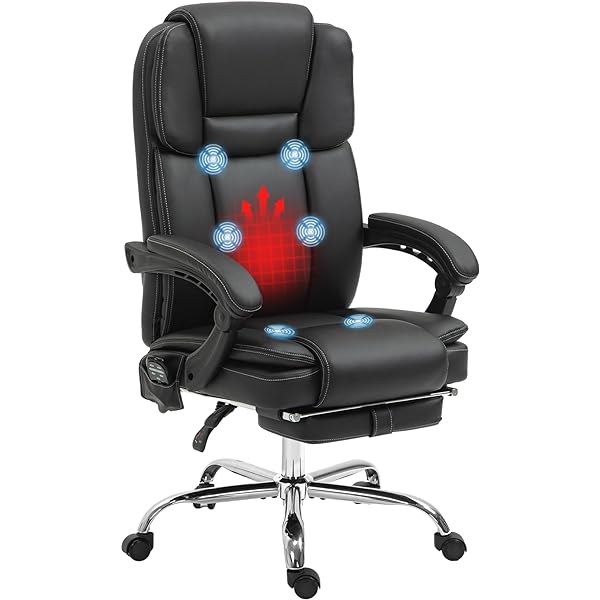
X. Individual Variations and Limitations
-
Individual Factors:
- The impact of massage chairs on flexibility can vary based on individual factors, such as genetics, age, current flexibility level, and any existing injuries or medical conditions. Each person may respond differently to the therapeutic effects of massage chairs.
-
Comprehensive Flexibility Routine:
- While massage chairs can contribute to improved flexibility, it is essential to remember that they should not replace a comprehensive flexibility training program. Active stretching exercises and other forms of flexibility training should be incorporated to maximize the overall benefits.
XI. Safety Considerations
-
Pre-existing Medical Conditions:
- Individuals with pre-existing medical conditions, such as blood clots, osteoporosis, or certain musculoskeletal disorders, should consult with healthcare professionals before using massage chairs for flexibility purposes. These professionals can determine if massage chair use is safe or suggest modifications to ensure safety.
-
Proper Usage:
- It is crucial to follow the manufacturer’s instructions and guidelines for appropriate and safe use of massage chairs. Improper usage, excessive pressure, or prolonged sessions can potentially result in muscle strain, tissue damage, or other adverse effects.
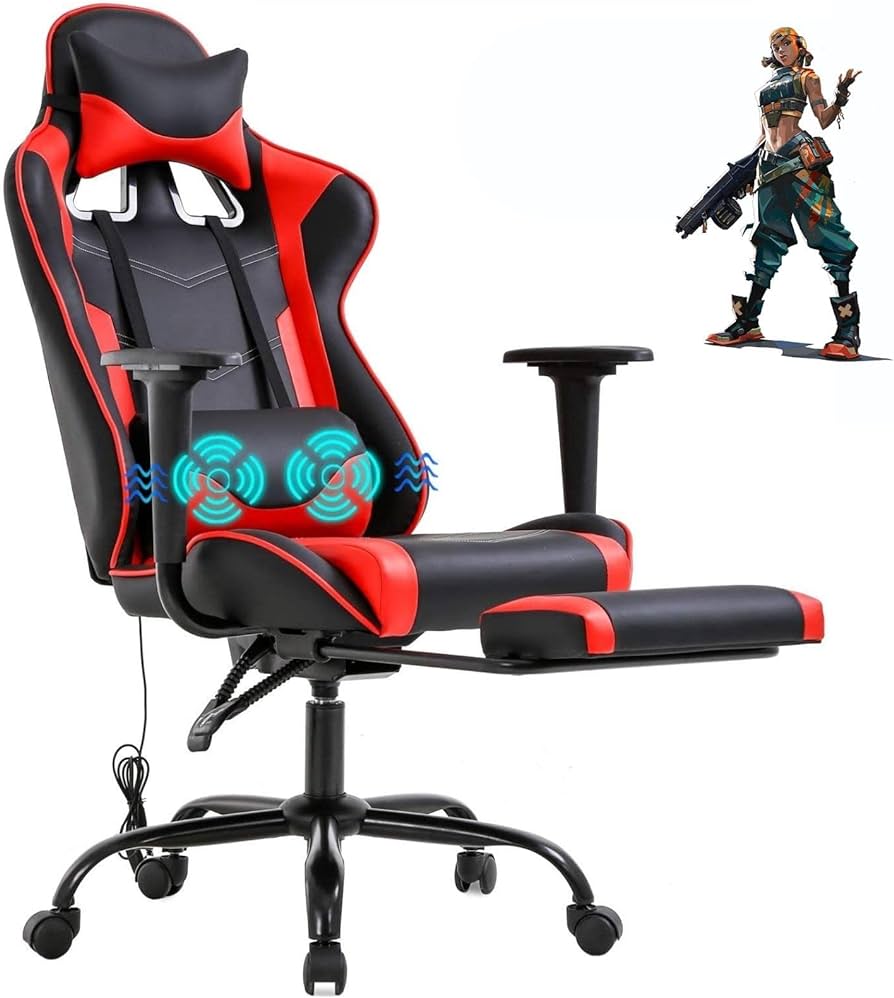
IX. Conclusion
Massage chairs have the potential to positively impact body flexibility through muscle relaxation and tension release, improved blood circulation, joint mobilization, and the relaxation response they induce. Evidence suggests that massage chairs contribute to increased flexibility, as shown through improved range of motion and reduced muscle tightness in various studies. Maximizing the potential benefits of massage chairs on flexibility may involve combining massage chair sessions with active stretching exercises and considering personalized settings and adjustments. Regular and consistent use, along with professional guidance, can help individuals optimize their massage chair experience and work towards improving overall physical flexibility and mobility.

